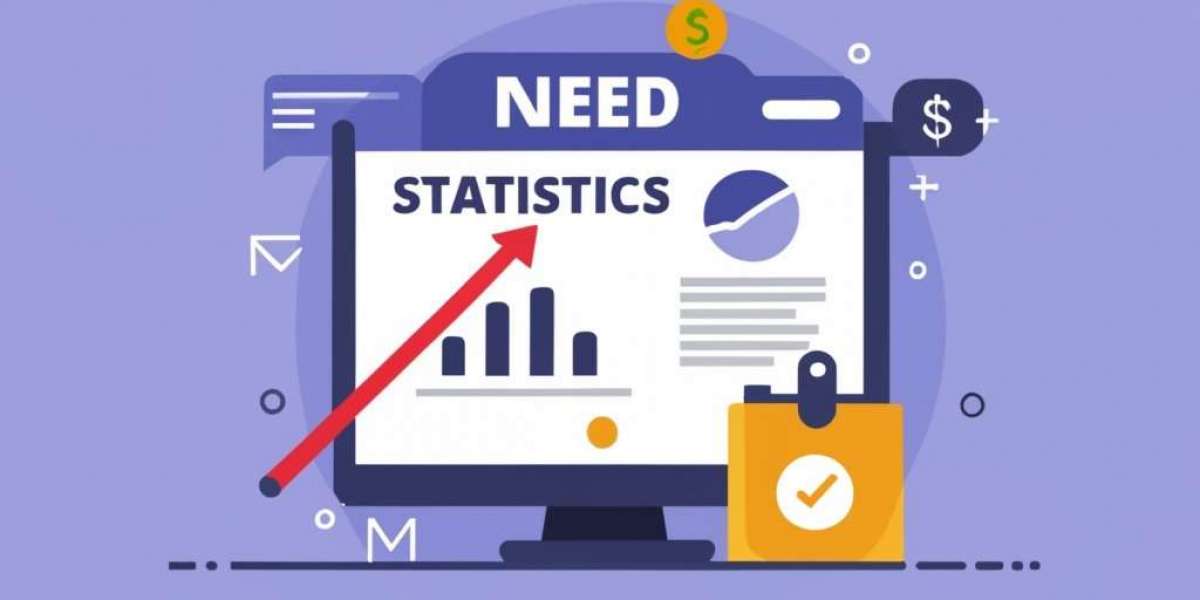Embarking on an assignment using SPSS Amos requires a solid grasp of several foundational topics. Whether you're a student delving into structural equation modeling (SEM) for the first time or an experienced researcher seeking to fine-tune your skills, understanding these critical areas is crucial. For those needing SPSS Assignment Help, mastering these concepts will not only aid in completing assignments but also enhance overall comprehension and application in research.
1. Understanding Structural Equation Modeling (SEM)
Structural Equation Modeling (SEM) forms the backbone of SPSS Amos. This statistical technique allows researchers to test complex relationships between observed and latent variables. Before diving into SEM, it's essential to understand the basic concepts of path analysis, confirmatory factor analysis (CFA), and the distinction between measurement and structural models.
Path Analysis involves examining the direct and indirect relationships between variables, which are usually represented as a path diagram. Understanding how to create and interpret these diagrams is a fundamental skill. Confirmatory Factor Analysis (CFA), on the other hand, focuses on verifying the factor structure of a set of observed variables. It is used to confirm whether the data fits a hypothesized measurement model, making it a critical step before moving on to more complex SEM analyses.
2. Latent Variables and Their Indicators
Latent variables are not directly observable but are inferred from other variables, known as indicators. In SPSS Amos, correctly specifying latent variables and their corresponding indicators is vital. This involves selecting appropriate indicators that accurately reflect the latent construct and ensuring the reliability and validity of these measures.
To effectively use latent variables, one must also understand the concept of measurement error and how it impacts the estimation of relationships between variables. Recognizing and accounting for measurement error can significantly improve the accuracy and validity of SEM results.
3. Model Specification and Identification
Model specification refers to the process of developing a model that represents the hypothesized relationships among variables. This step requires a thorough understanding of the theoretical framework underlying the research question. Mis-specification can lead to inaccurate results and interpretations, making it crucial to correctly define the model's structure.
Model identification, on the other hand, involves ensuring that there is enough information to estimate the model's parameters. A model must be identified before it can be estimated, which typically means there should be at least as many data points as there are parameters to be estimated. Familiarity with degrees of freedom and identification rules is essential for successfully specifying and identifying a model in SPSS Amos.
4. Assumptions in SEM
Like all statistical techniques, SEM operates under certain assumptions. Violating these assumptions can lead to incorrect conclusions. Key assumptions in SEM include:
- Linearity: The relationships between variables are linear.
- Normality: The data should follow a normal distribution, especially when using maximum likelihood estimation.
- Independence: Observations should be independent of each other.
- No Measurement Error in Exogenous Variables: Exogenous variables (those not explained within the model) are assumed to be measured without error.
Understanding these assumptions and knowing how to test for them is critical. For example, normality tests can help determine if your data meets the normality assumption, while linearity checks can be performed through scatterplots and other diagnostic tools.
5. Model Fit and Evaluation
Evaluating model fit is a crucial aspect of SEM. SPSS Amos provides several fit indices to assess how well the proposed model matches the data. Common fit indices include:
- Chi-square Test: Measures the discrepancy between the observed and expected covariance matrices. A non-significant chi-square indicates a good fit.
- Root Mean Square Error of Approximation (RMSEA): Assesses the model fit per degree of freedom. Values below 0.05 indicate a close fit.
- Comparative Fit Index (CFI) and Tucker-Lewis Index (TLI): Both indices compare the fit of the proposed model to a baseline model, with values closer to 1 indicating better fit.
Understanding these indices and knowing how to interpret them is essential for evaluating the adequacy of your model. Modification indices can also provide insights into potential model improvements by suggesting paths that could be added or removed.
6. Data Preparation and Cleaning
Before running any analysis in SPSS Amos, it is essential to prepare and clean your data. This involves handling missing data, identifying outliers, and ensuring that the data meets the assumptions of SEM. Missing data can be particularly problematic in SEM, as it can lead to biased estimates and reduced statistical power. Techniques such as multiple imputation and full information maximum likelihood (FIML) can be used to handle missing data.
Data preparation also includes coding categorical variables, ensuring consistent scale of measurement, and verifying data accuracy and completeness. Proper data preparation lays the foundation for reliable and valid results in SEM.
7. Advanced Topics: Multi-Group Analysis and Mediation
For those looking to delve deeper into SEM, advanced topics such as multi-group analysis and mediation are essential. Multi-group analysis involves comparing the model across different groups to assess whether the relationships among variables are consistent. This technique is useful in testing for measurement invariance across groups, such as gender or cultural groups.
Mediation analysis examines the indirect effect of an independent variable on a dependent variable through a mediator. Understanding how to test and interpret mediation effects can provide valuable insights into the mechanisms underlying observed relationships.
Conclusion
Mastering these topics is crucial for anyone looking to excel in assignments involving SPSS Amos. Whether you're seeking SPSS Assignment Help or tackling the task independently, a solid understanding of SEM, latent variables, model specification, and other key areas will enhance your analytical skills and ensure accurate and meaningful results. By thoroughly preparing and continuously expanding your knowledge, you'll be well-equipped to handle any challenge that comes your way in the realm of structural equation modeling.
Source: https://www.statisticsassignmenthelp.com/blog/important-topics-to-master-before-starting-spss-amos-assignment








